



Kinross-shire / Perthshire | 1502
Rannoch lies in Perthshire in the Highlands of Scotland. The name is said to come either from the Gaelic Raineach meaning fern or bracken or from Ratheanach meaning water. Even today the area is known as a wilderness with its main features being Loch Rannoch, Rannoch Moor and the Black Wood of Rannoch, one of the few remaining parts of the ancient Caledonian Forest.
This wild land has often been a place of sanctuary for wanted men, and the two most famous examples are from the Wars of Independence. William Wallace is said to have stayed for a time at Rannoch where he gained followers from amongst the local men who joined him at the battles of Dunkeld and Perth. Robert the Bruce is also believed to have found refuge in Rannoch and had an ally in the first recognised chief of Clan Donnachaidh (Robertson), Donnachadh Reamhar. Donnachadh later defeated at Rannoch a force under Bruce’s enemy, MacDougall of Lorne.
1868 OS map Sheet 54. Reproduced with the permission of the National Library of Scotland. (CC-BY)
They had a claim to the land through their kinship to the Menzies family. As they were supporters of King James III when that king was killed in battle, the Stewarts lost Rannoch. In 1502, Rannoch was confirmed on their kinsman, Sir Robert Menzies of that Ilk, by King James IV, who erected the lands into a barony.
Stewart then embarked upon a period of raiding while attempting to have the imprisoned Sir Robert acknowledge his right to Rannoch. Eventually, Menzies was released and restored to his lands.
During the sixteenth and seventeenth centuries, members of Clan MacGregor lived at Rannoch with some involved in the lawbreaking for which their family became infamous. The MacGregors could not be dispersed, and the Menzies chiefs received exemptions from the Crown so they were not required to answer for the peace broken by their tenants. During the middle of the 1600s, the lands and Barony of Rannoch were held for a time by the powerful Campbells of Glenorchy, who it seems held it from the Menzies family.
Loch Rannoch © Scott Cormie (CC BY-SA 2.0)
From around this time, Rannoch was again in the hands of the Menzies family, who continued to hold the lands and barony into the twenty-first century.
Moorland north of Loch Rannoch © Dr Richard Murray (CC BY-SA 2.0)






Kinross-shire / Perthshire | 1502
Rannoch lies in Perthshire in the Highlands of Scotland. The name is said to come either from the Gaelic Raineach meaning fern or bracken or from Ratheanach meaning water. Even today the area is known as a wilderness with its main features being Loch Rannoch, Rannoch Moor and the Black Wood of Rannoch, one of the few remaining parts of the ancient Caledonian Forest.
1868 OS map Sheet 54. Reproduced with the permission of the National Library of Scotland. (CC-BY)
This wild land has often been a place of sanctuary for wanted men, and the two most famous examples are from the Wars of Independence. William Wallace is said to have stayed for a time at Rannoch where he gained followers from amongst the local men who joined him at the battles of Dunkeld and Perth. Robert the Bruce is also believed to have found refuge in Rannoch and had an ally in the first recognised chief of Clan Donnachaidh (Robertson), Donnachadh Reamhar. Donnachadh later defeated at Rannoch a force under Bruce’s enemy, MacDougall of Lorne.
They had a claim to the land through their kinship to the Menzies family. As they were supporters of King James III when that king was killed in battle, the Stewarts lost Rannoch. In 1502, Rannoch was confirmed on their kinsman, Sir Robert Menzies of that Ilk, by King James IV, who erected the lands into a barony.
Stewart then embarked upon a period of raiding while attempting to have the imprisoned Sir Robert acknowledge his right to Rannoch. Eventually, Menzies was released and restored to his lands.
During the sixteenth and seventeenth centuries, members of Clan MacGregor lived at Rannoch with some involved in the lawbreaking for which their family became infamous. The MacGregors could not be dispersed, and the Menzies chiefs received exemptions from the Crown so they were not required to answer for the peace broken by their tenants. During the middle of the 1600s, the lands and Barony of Rannoch were held for a time by the powerful Campbells of Glenorchy, who it seems held it from the Menzies family.
Loch Rannoch © Scott Cormie (CC BY-SA 2.0)
From around this time, Rannoch was again in the hands of the Menzies family, who continued to hold the lands and barony into the twenty-first century.
Moorland north of Loch Rannoch © Dr Richard Murray (CC BY-SA 2.0)








Contact
Forum for the Scottish Baronage, c/o Brodies LLP, Capital Square, 58 Morrison Street, Edinburgh EH3 8BP, Scotland UK
Copyright
Copyright 2022, Forum for The Scottish Baronage, as a collective work, all additional rights to content contributed and/or licensed contained herein are expressly reserved to such contributors and licensors as independently owned and protected copyrighted works.





